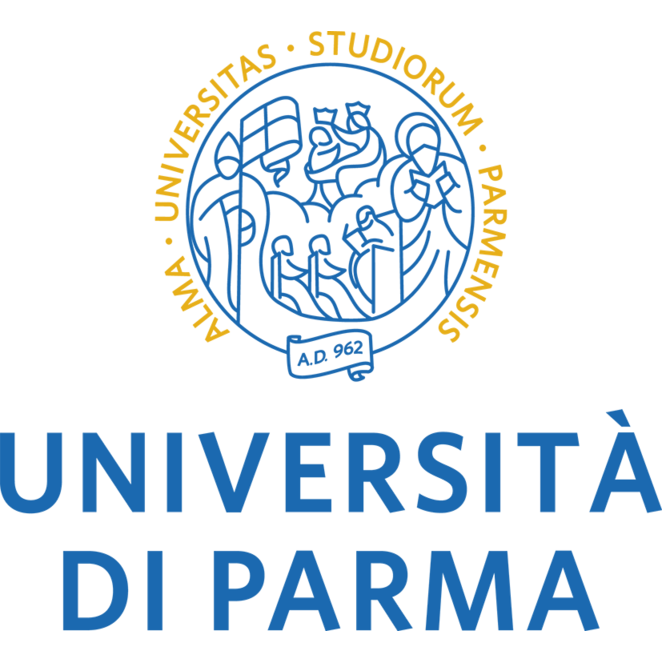«Paideia» 72, 2017
Alex Agnesini, Catull. 92,3-4: tra la tradizione di Catullo e quella di Gellio, pp. 703-710
Abstract / Keywords
The influence of O in the editio Parmensis cannot be inferred by the presence of Catull. 92,3-4 (attested by O and absent in GR), since Puteolanus quotes the verses according to the text of the Gellius’ editio princeps.
Keywords: Catull. 92,3-4; Gell. 7,16,2.
Giuseppe Gilberto Biondi, Il codice della Biblioteca Malatestiana S.XXIX.19 e Catull. 34, pp. 711-723
Abstract / Keywords
The examination of the codex Malatestianus S.XXIX.19 clashes with Thomson’s statement according to which the code would be the «direct copy» of the editio Parmensis. This is mainly true for the poem 34 which, for the 1st time, presents, in the tradition, some correct lessons, such as deposiuit of line 8. The supremacy of this, as well as of other lessons, represents a great problem as to the paternity of the lesson itself. The work ends with a recommendation, particularly for Catullus’s manuscripts, to be really cautious in the so called eliminatio codicum descriptorum.
Keywords: Codex Malatestianus S.XXIX.19; Catull. 34,8; recentiores; eliminatio codicum descriptorum.
Simone Gibertini, Giunte alla bibliografia critica del manoscritto Paris, B. N. F., Latin 7989: 1816-1954, pp. 725-739
Abstract / Keywords
This paper integrates the bibliography (1816-1954) about the manuscript Paris, B. N. F., Lat. 7989, so-called codex Traguriensis, published on «Paideia» 70, 2015, pp. 393-452.
Keywords: Manuscript Paris, BNF, Lat. 7989; codex Traguriensis, Bibliography 1816-1954.
Boris Hogenmüller, Catulls Epicedium für Calvus (c. 96). Die Parallelen zu Parth. fr. 27 Lightfoot (= SH 626) und Call. epigr. 2 Pfeiffer, pp. 741-755
Abstract / Keywords
Catullus’ c. 96, the famous ‘epicaedium’ addressed to the friend Licinius Calvus, is one of the most interesting elegical poems in the libellus. Dealing with the death of Calvus’ ‘puella’ Quintilia, Catullus intends to comfort the suffering Calvus by writing verses of warmest solace. These verses, however, show parallels and similarities – according to the topic and intention of the poem – to ‘epicaedia’ written by Callimachos and Parthenius of Nicaea. The present paper thus focuses on the inner dependence of c. 96 on Call. epigr. 2 Pfeiffer and Parth. fr. 27 Lightfoot by identifying parallels and motives.
Keywords: Catullus; c. 96; Callimachus; Parthenius; dependence; allusion.
Antonio Ziosi, Catull. 80,7 s. Emendationes pascoliane, pp. 757-772
Abstract / Keywords
Abstract Though noteworthy for the figurative use of obscene language, for the ‘rhetoric’ of obscenity, and, above all, for its surely corrupt text, Catull. 80 is perhaps one of the most neglected poems in the liber, within the likewise neglected Gellius cycle. This paper, through the analysis of the textual tradition and the history of conjectures (in particular, an unpublished note by Giovanni Pascoli), seeks to mend the problematic final couplet and to restore a coherent rhetorical balance to the ‘pointed’ end of the poem.
Keywords: Obscenity; Gellius cycle; figurative language; Victor; Giovanni Pascoli, conjectures.

Commenti recenti